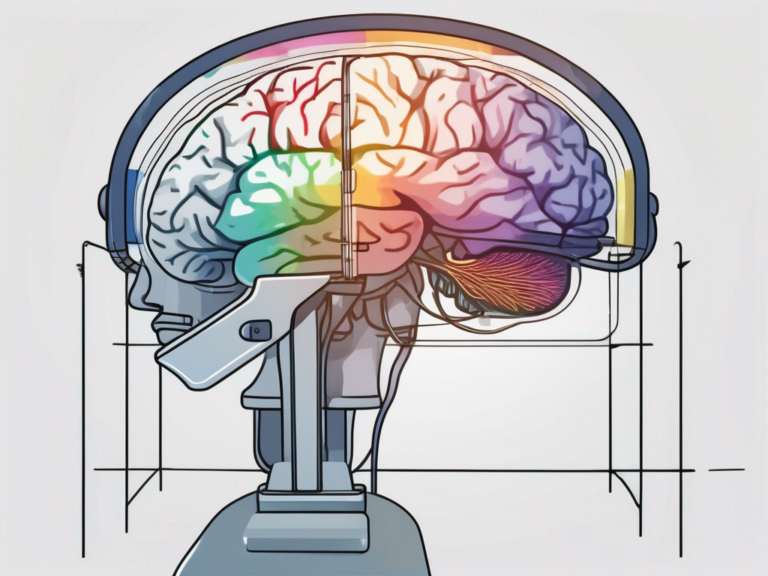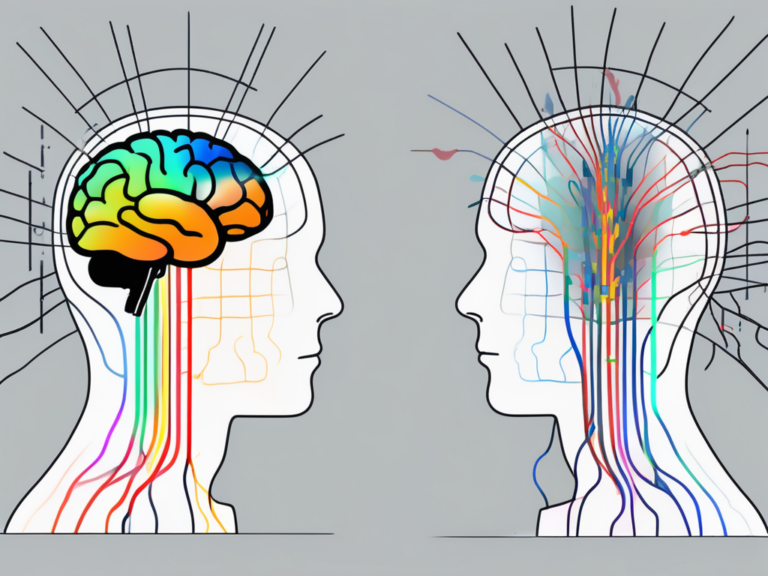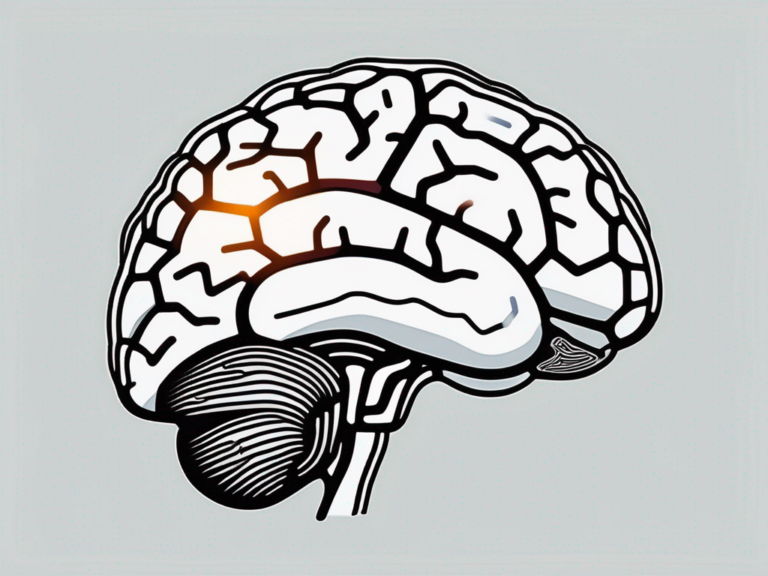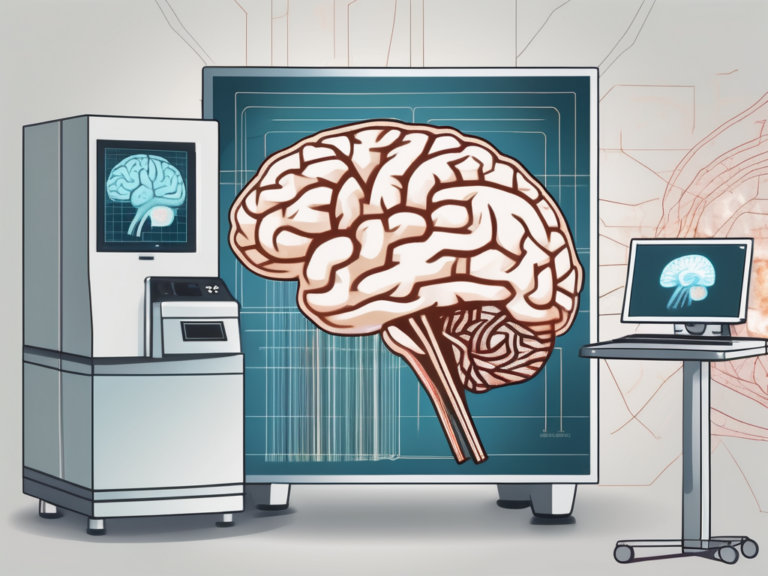what is resting state fmri
Resting state fMRI, or functional magnetic resonance imaging, is a powerful neuroimaging technique that has revolutionized the field of neuroscience. It allows researchers to investigate the brain’s functional connectivity and activity patterns while an individual is at rest, without any specific task or stimulation.
Understanding the Basics of Resting State fMRI
In order to comprehend the significance of resting state fMRI, it is essential to delve into the definition and purpose behind this innovative methodology. Additionally, understanding the scientific principles that underlie it can shed light on its potential applications and implications for medicine.
Resting state functional magnetic resonance imaging (fMRI) has revolutionized the field of neuroscience by allowing researchers to study the brain’s intrinsic activity patterns without the need for participants to perform specific tasks during scanning. This technique has opened up new avenues for exploring the brain’s functional architecture and has provided valuable insights into various neurological and psychiatric conditions.
Definition and Purpose of Resting State fMRI
Resting state fMRI is a non-invasive imaging technique that measures the fluctuations in blood oxygen level dependent (BOLD) signals to assess functional connectivity within the brain. These resting-state networks, as they are called, are thought to represent intrinsic brain organization and provide valuable insights into normal brain function as well as neurological and psychiatric disorders. By investigating the patterns of brain activity during rest, researchers aim to better understand the neural basis of cognition, behavior, and various brain disorders.
One of the key advantages of resting state fMRI is its ability to capture spontaneous neural activity and identify functional connections that exist even in the absence of external stimuli. This has enabled researchers to study the brain’s functional architecture in a more comprehensive manner, leading to new discoveries about the organization of neural networks and their role in cognitive processes.
The Science Behind Resting State fMRI
Resting state fMRI relies on the fact that regions of the brain that are functionally connected exhibit synchronized activity patterns, even when the individual is not engaged in any specific cognitive or motor tasks. This is known as the default mode network (DMN). By examining the correlations in the BOLD signal fluctuations between different brain regions, scientists can identify these resting-state networks and map the brain’s functional connectivity.
Furthermore, recent advancements in resting state fMRI data analysis techniques, such as independent component analysis and graph theory, have allowed researchers to extract more detailed information about the brain’s functional networks. These methods have facilitated the identification of specific subnetworks within the DMN and have provided new insights into how these networks interact and contribute to various cognitive functions.
The Role of Resting State fMRI in Neuroscience
Resting state functional magnetic resonance imaging (fMRI) has revolutionized the field of neuroscience by providing a non-invasive method to study the brain’s intrinsic activity. This technique allows researchers to investigate the brain’s functional connectivity and activity patterns in the absence of a specific task, shedding light on the brain’s spontaneous neural fluctuations. In addition to its applications in healthy individuals, resting state fMRI has emerged as a powerful tool for understanding various neurological and psychiatric conditions.
Researchers have also utilized resting state fMRI to explore the impact of environmental factors, such as stress and trauma, on the brain’s functional connectivity. By examining how these external influences modulate the brain’s resting-state networks, scientists can gain insights into the neural mechanisms underlying stress-related disorders and develop targeted interventions to mitigate their effects.
Mapping Brain Connectivity
One of the major applications of resting state fMRI is mapping the intricate network of connections between different brain regions. These networks, often referred to as the connectome, provide valuable information about how different regions communicate and interact with each other. By examining these connections, researchers gain a deeper understanding of the brain’s structural and functional organization.
Understanding Brain Disorders
Resting state fMRI has immense potential in unraveling the complexities of brain disorders such as Alzheimer’s disease, schizophrenia, depression, and autism. By comparing the resting-state networks of individuals with these conditions to those without, researchers can identify specific patterns of connectivity that might be related to the underlying pathology. This knowledge can aid in early diagnosis, monitoring disease progression, and developing targeted treatment strategies.
The Process of Conducting a Resting State fMRI
Resting state fMRI involves a series of steps to ensure accurate data collection and interpretation. Let’s explore the processes researchers undertake, from preparing for the scan to what happens during the scan itself.
Preparing for the Scan
Prior to the fMRI examination, participants are given instructions to relax and lie comfortably inside the scanner. It is crucial to minimize movement and external distractions during the scanning process to obtain clear and reliable data. Consequently, participants are usually asked to keep their eyes closed, remain still, and refrain from engaging in any specific thoughts or tasks.
Additionally, to enhance the quality of the resting state fMRI data, researchers may conduct brief practice sessions with participants before the actual scan. These practice sessions help individuals become familiar with the scanning environment, reducing anxiety and ensuring better compliance during the scan. Moreover, researchers may use this time to explain the importance of remaining still and relaxed to optimize the data collection process.
What Happens During the Scan
Once the participant is positioned inside the scanner, the resting state fMRI begins. Specialized sequences, such as echo-planar imaging, are used to acquire brain images. The scanner detects the fluctuations in the BOLD signals, which reflect changes in blood flow related to neuronal activity. Multiple sequences are employed to collect a series of brain images that capture the entire brain volume. The duration of a resting state fMRI scan can range from several minutes to half an hour depending on the specific study protocol.
During the scan, participants are encouraged to remain as still as possible to avoid motion artifacts that could interfere with the data quality. Researchers closely monitor the participants from an adjacent control room, ensuring their comfort and compliance throughout the scan. The scanning environment is designed to minimize external stimuli, creating a controlled setting for the brain to naturally fluctuate in its resting state activity. This controlled environment is essential for capturing spontaneous neural activity and connectivity patterns without external influences.
Interpreting Resting State fMRI Results
Analyzing and interpreting resting state fMRI results require expertise and caution. This section will explore the key aspects associated with analyzing brain activity patterns and the potential challenges researchers face in interpreting these complex datasets.
Resting state functional magnetic resonance imaging (fMRI) is a non-invasive neuroimaging technique that measures brain activity in the absence of a specific task. By examining spontaneous fluctuations in blood oxygen level-dependent (BOLD) signals, researchers can infer functional connectivity between different brain regions. This method provides valuable insights into the intrinsic organization of the brain and has implications for understanding various neurological and psychiatric conditions.
Analyzing Brain Activity Patterns
Resting state fMRI data analysis involves a series of intricate steps to extract meaningful information from the acquired images. Researchers typically employ various computational techniques to identify specific resting-state networks and quantify their connectivity strength. These analyses help determine the functional relevance and integrity of these networks, potentially providing valuable insights into brain function and dysfunction.
One common approach to analyzing resting state fMRI data is independent component analysis (ICA), which allows researchers to decompose the BOLD signal into spatially independent components representing different functional networks. By isolating these networks, researchers can investigate their interactions and dynamics, shedding light on the underlying neural processes that support cognition, emotion, and behavior.
Potential Challenges in Interpretation
While resting state fMRI is a powerful tool, it is not without its challenges. Analyzing the data requires careful consideration of confounding factors such as motion artifacts, physiological noise, and individual differences. Additionally, the interpretation of resting state fMRI results must be cautious, as correlations do not necessarily imply causation. Thus, combining resting state fMRI data with other techniques, such as task-based fMRI or anatomical information, can help validate findings and enhance their interpretability.
Furthermore, the field of resting state fMRI is constantly evolving, with ongoing debates about the reproducibility and reliability of findings. Researchers are exploring advanced methods to improve data quality and address sources of variability, such as multi-site studies and standardized preprocessing pipelines. By addressing these methodological challenges, the scientific community aims to enhance the robustness and generalizability of resting state fMRI findings, ultimately advancing our understanding of the human brain’s intrinsic functional architecture.
The Future of Resting State fMRI
Looking ahead, resting state fMRI holds immense promise for advancing our understanding of the brain and its complex functioning. Ongoing research and technological advancements are likely to pave the way for exciting developments in this field.
Emerging Trends in Resting State fMRI Research
Researchers are continually exploring new methodologies and refining data analysis techniques to enhance the reliability and sensitivity of resting state fMRI. Recent advancements include multi-site studies, standardized data processing pipelines, and improved imaging hardware. These advancements aim to foster reproducibility and comparability across studies, facilitating collaborations and furthering the field.
One emerging trend in resting state fMRI research is the integration of machine learning algorithms. These algorithms have the potential to uncover hidden patterns and relationships within resting state fMRI data that may not be readily apparent to the human eye. By leveraging the power of artificial intelligence, researchers can gain deeper insights into the brain’s functional connectivity and identify novel biomarkers for various neurological and psychiatric disorders.
Potential Applications and Implications for Medicine
The potential applications of resting state fMRI in medicine are vast. This technique has the potential to aid in the early diagnosis and personalized treatment of brain disorders. By identifying specific biomarkers associated with different conditions, resting state fMRI may assist in predicting disease progression, evaluating treatment response, and developing targeted therapeutic interventions. However, it is important to note that clinical applications are still in their infancy, and further research is needed to establish their reliability and effectiveness.
Another exciting implication of resting state fMRI is its potential to unravel the mysteries of consciousness. By studying the resting-state networks and their alterations in individuals with altered states of consciousness, such as during deep meditation or under the influence of psychedelic substances, researchers hope to gain insights into the neural correlates of consciousness. This line of research has the potential to revolutionize our understanding of the human mind and subjective experience.
In conclusion, resting state fMRI is a powerful tool that enables researchers to study the brain’s intrinsic connectivity and activity patterns while an individual is at rest. By investigating the resting-state networks, scientists gain valuable insights into brain function and the underlying mechanisms of various neurological and psychiatric disorders. While the field of resting state fMRI is continually evolving, it holds great potential for advancing our understanding of the brain and improving clinical care in the future.






